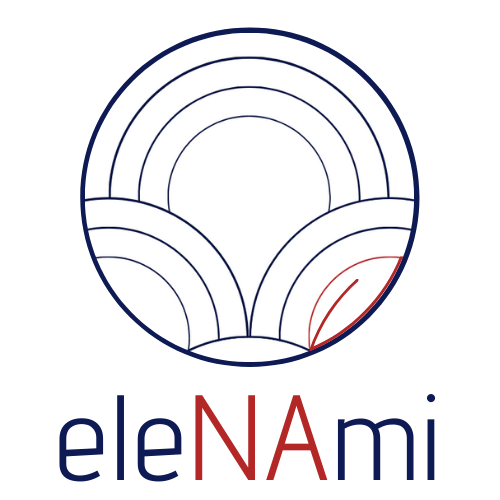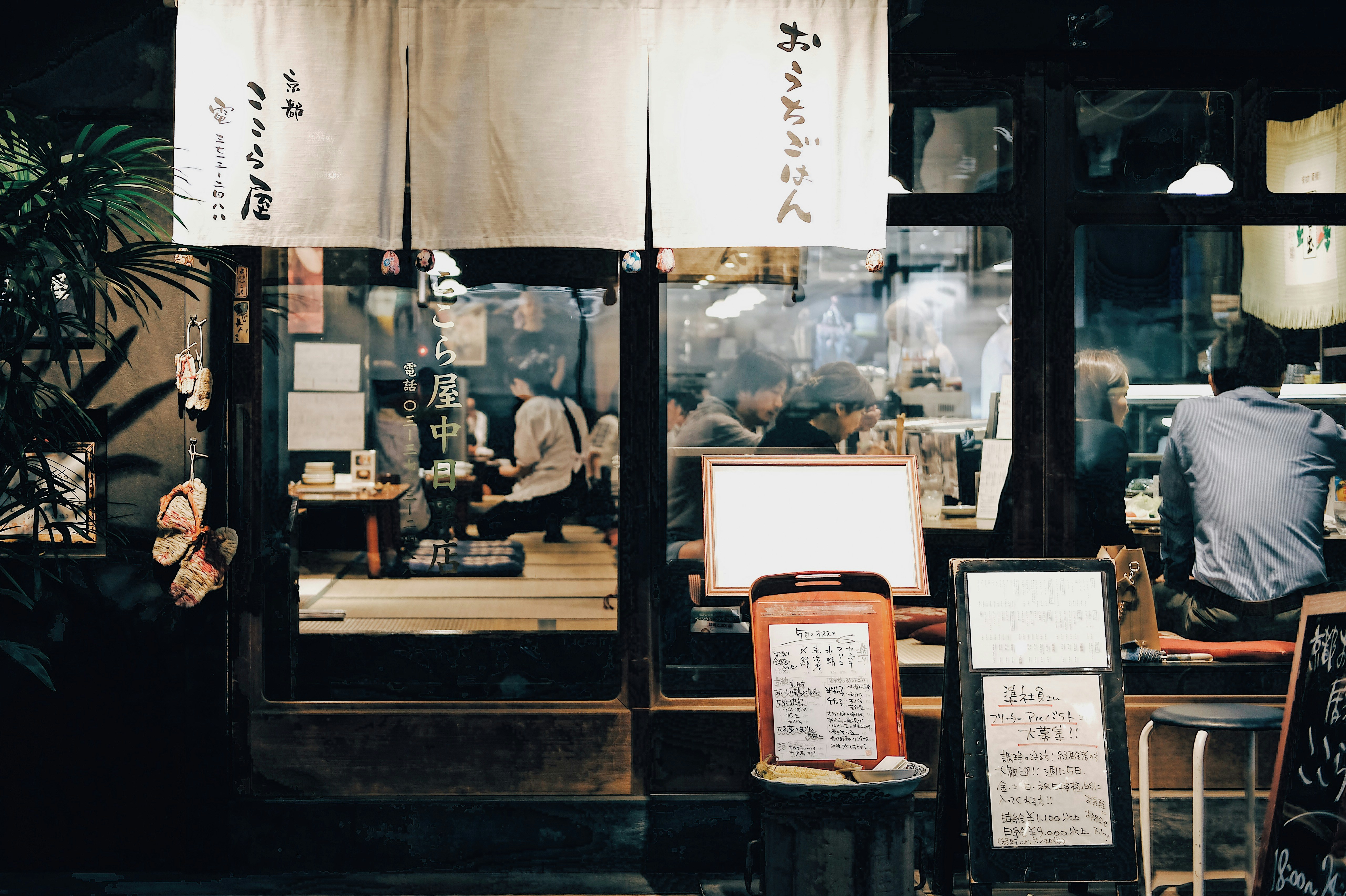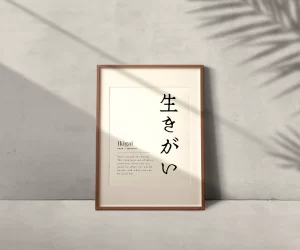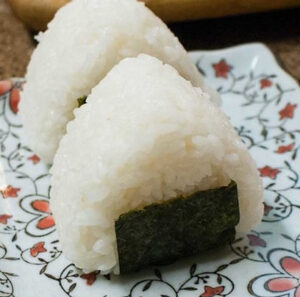We use emojis every day, right? But some strange emojis apparently make no sense at all (📛, ➿, 🔰 … ). The reason might be that they come from a different culture than ours. Emojis derive from the very first deck of symbols, which was actually made by Japanese people and, therefore, refers to a Japanese-only lifestyle.
If you didn’t already know, emojis originated in Japan. “E” (絵) means “image”, and “Moji” (文字) means “character, symbol”. The similarity with the English word “emotion” is apparently only casual.
The first set of emojis was created in 1999 by the Japanese mobile operator NTT DOCOMO. Mr. Shigetake Kurita, who is considered “the father of emoji,” created this initial set to enable easier digital communication. In 2011, Apple introduced emojis to its keyboard, and global users started using emojis in their daily communication.
Let’s see the meaning behind some of those strange symbols!
(don’t miss: 9 Emoji about Japanese food, explained (part 1) )
💮 White Flower

This stylized white flower is generally depicted as a rosette-shaped cherry blossom in pink or red outline, often with a white fill.
The design features a Japanese phrase 大変よくできました (taihen yoku dekimashita). It roughly translates to “very well done” and teachers use it as a stamp for students who did exceptional work, often accompanied by a score in red.
Some versions, like the Korean Samsung one, have no Japanese characters in them.
Image credit: Amazon
💠 Diamond with a Dot
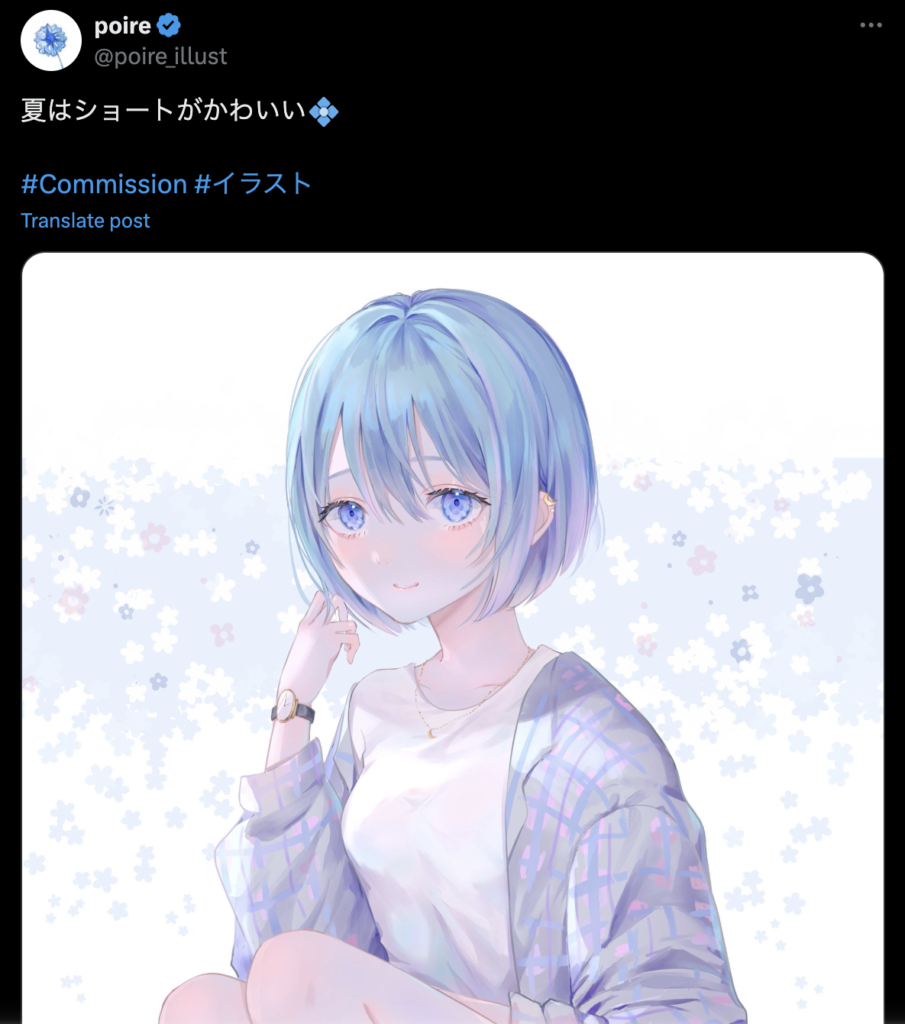
Maybe it’s one of the strangest emojis here. This is a glyph (a symbol that conveys information nonverbally) that represents cute, adorable, and lovable things in Japan, also referred to as “kawaii”.
In today’s conversations, it also symbolises items such as diamonds, crystals, ice cubes, and flowers.
Image credit: X
💢 Anger Symbol

This red symbol often appears in Anime/Manga and represents the veins popping on a very angry person.
It also generally appears in comic books to indicate a punch, perhaps next to the words “Bam” or “Pow”.
Image credit: Japanesewithanime
♨️ Hot Springs

It represents hot springs with steam rising from a circular tub. This is the common symbol used to represent an onsen on maps in Japan.
Images credit: Grapee
〰️ Wavy Dash
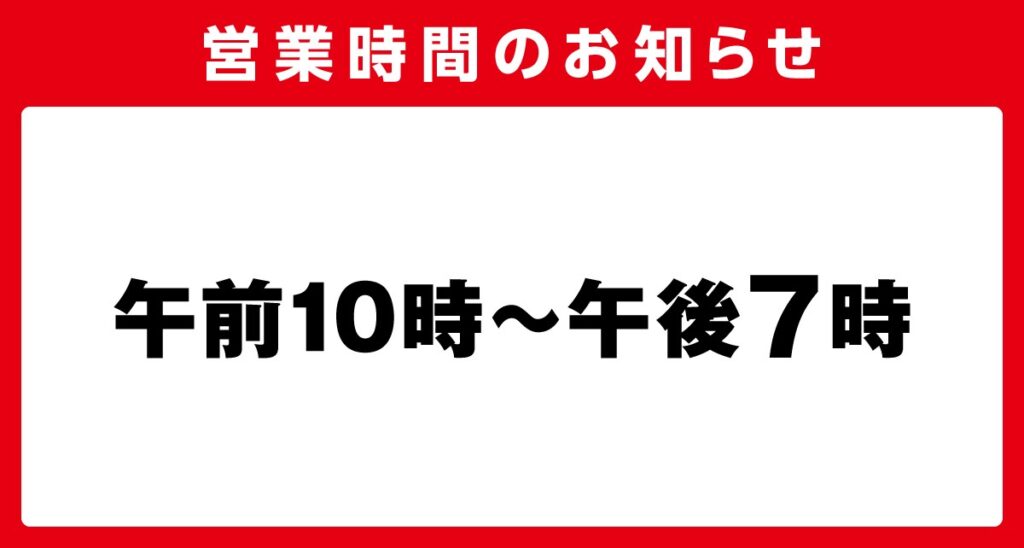
Just like a regular dash (hyphen), it sometimes appears in Asian character sets in the same way a – or — appears in Latin character sets.
Uses in Japanese include:
- To suggest a ruled line: 〜〜〜〜〜 or 〜・〜・〜
- To indicate ranges 5時〜6時, from 5 o’clock to 6 o’clock; 東京〜大阪 from Tokyo to Osaka. In such cases, it reads as …kara…made (…から…まで)
- To indicate origin/starting point as in フランス〜 (from France), 1000yen〜 (price from 1000 yen..on)
- To separate a title from a subtitle on the same line; in English a colon is used for this purpose.
- To indicate a long or drawn-out vowel (ですよね〜 or あ〜〜〜), usually for comic or cute effect
- To indicate or suggest that music is playing: ♬ 〜
📛 Name Badge

This is NOT tofu on fire. It is a name badge like those used to identify oneself in a location where others may not know your name, such as a school trip or a work conference.
This tulip-shaped name badge is one of many designs commonly found at kindergartens in Japan.

Images credit:Amazon and enfant.living
🔰 Japanese Symbol for Beginner

This yellow and green shield symbol has a name: Shoshinsha Mark. Drivers in Japan must display it for one year after receiving their driver’s license. People must stick them at the front and the rear of their cars to warn others that the driver is not very skilled due to inexperience. There is also a four-leafed “kōreisha mark” that denotes elderly drivers.
Images credit: Amazon
➿ Double Curling Loop

Two curly loops represent a reel-to-reel tape recorder and are used as a voicemail symbol on many phones. Initially, this symbol was the logo of Free Dial, a service from the Japanese telephone provider NTT that indicated toll-free telephone number service. In that case, the receiver got the telephone charges instead of the calling party (these numbers often start with 800).
Images credit: Nishinippon
Strange emojis explained – conclusion
After reading this post, I hope your mind clears up about the meaning behind these symbols, and they don’t look like strange emojis anymore. You can now confidently send that message about hot springs and kids’ name badges 😉
